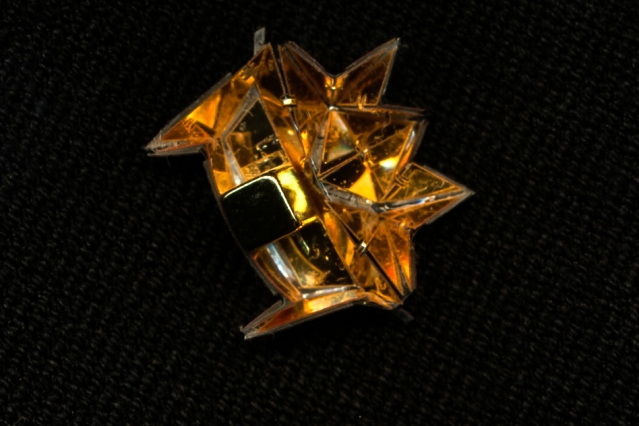
The concept of tiny robots is nothing new– science fiction loves playing with the idea, and scientists have long dreamed of a day when they could become an everyday reality. Imagine machines that could enter your body and destroy cancer cells, or be released into a toxic environment to clean up a chemical spill. Perhaps they could be used to repair a spaceship or manufacture electronics which would normally be too small for human hands to manage. The applications for such miniature robots could be endless.
These days, however, the field is still in its infancy. Researchers developing tiny robots for use in medicine had previously been stuck with prototypes which were too rigid and sluggish in responding to commands. But a recent breakthrough has left scientists with millimeter-long robots which are controlled by magnets and capable of folding into many shapes, meaning that they are able to do things like grip and crawl.

To address the issues with rigidity, scientists embedded grains of a magnetic element known as neodymium into plastics. They first flipped the polarity of the neodymium in certain sections of the robot, which would allow them to move its different parts with a magnetic field. Ultraviolet light was then used to cure the material and lock the ions in place. Afterward, researchers could program the bots to complete movements like grabbing, crawling, and even swimming by manipulating different segments using those polarities.
There are some roadblocks which still need to be overcome. Neodymium is toxic, so the use of these robots in medicine would not be feasible until an alternative metal could be incorporated, which may require the use of stronger magnets. But in time, the use of tiny robots to delivery drugs in the body or assist with surgeries may well become reality.

